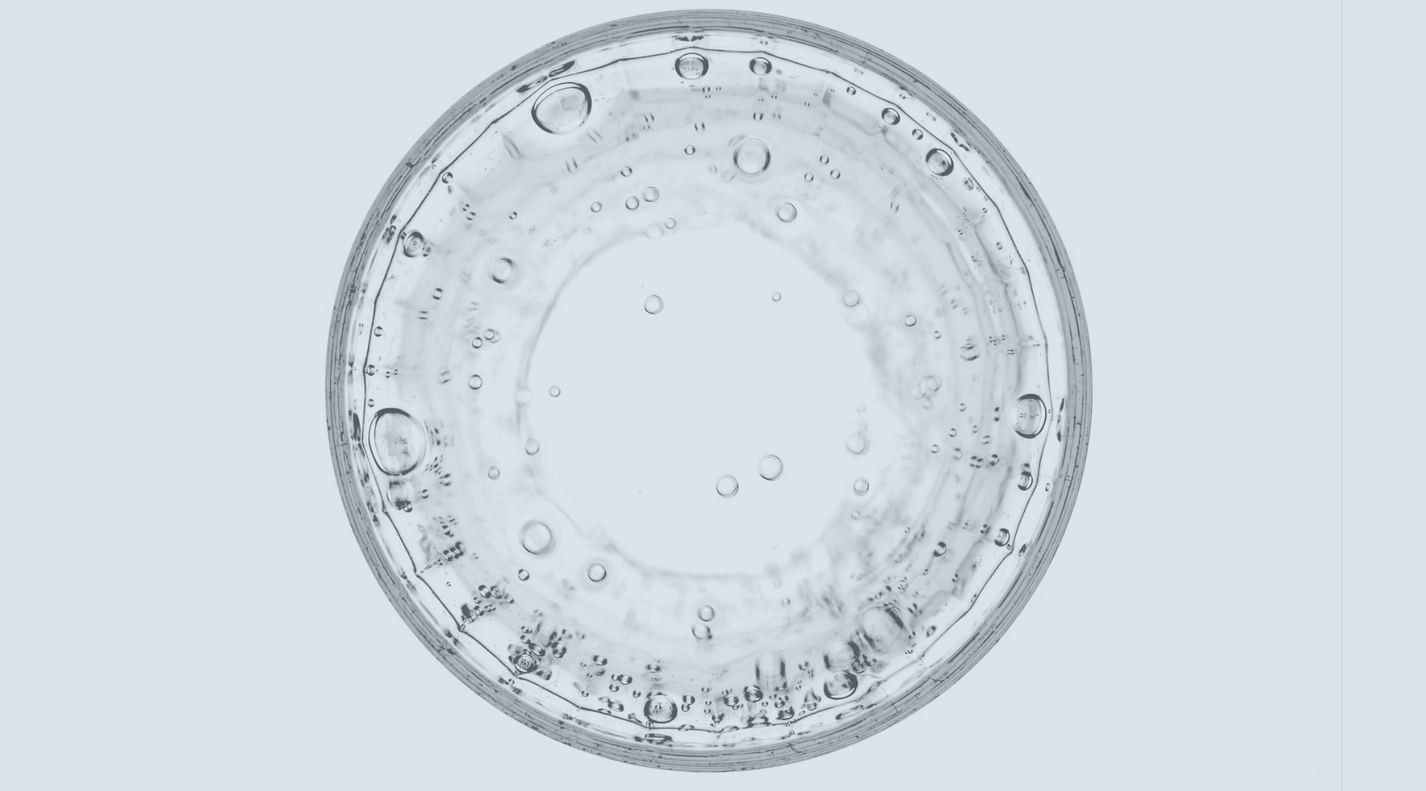
Are there differences between contact lenses? Can I wear contact lenses if I have presbyopia? Is there anything I should know before using contact lenses? We know you have questions, and we are here to help you resolve them.

What are contact lenses?
Contact lenses are small prescription lenses that are placed “in contact” with the eye. When we put them on, they adhere to the eye, floating on the tear film present on the surface of the cornea, and in this way they allow us to correct common refractive errors.
They are completely painless and, if you put them on correctly, you shouldn't even feel like you're wearing them. Plus, because they adhere to your tear fluid, they move naturally with it when you move your eye.

Are there different types of contact lenses?
Yes, not all contact lenses are the same. They come in different shapes, which can vary their “modality” or, for example, the frequency with which they are changed. They are also different depending on the refractive error to be corrected: whether they are for myopic people, to correct hyperopia, astigmatism, etc.
Toric contact lenses, for example, are used to correct astigmatism and are thicker at the bottom, and contact lenses used to correct myopia and hyperopia are the same throughout their circumference.

Are there progressive contact lenses?
Of course, there are also monovision, bifocal and multifocal (which are progressive) contact lenses.
Progressive contact lenses follow the same method as progressive glasses, so they are indicated for people who suffer from more than one pathology at a time. They are ideal for correcting presbyopia, and adapting to them is very simple.
Using contact lenses is very simple, however there are some basic tips
that you will have to take into account if you want to use them optimally
- 1. If you have never used contact lenses, you should see a specialist who will tell you how to use them and which ones are best for your needs. Adaptation tests and some tips on how to remove and put them on are necessary.
2. Our vision is constantly changing, so just like when you wear glasses, with contact lenses we will have to have our eyes checked every year to make sure everything is going well and, if not, other options will be recommended.
3. Hygiene is very important: always wash your hands with gel or soap before handling contact lenses. Contact lenses are in direct contact with your eye, so good hygiene can prevent possible infections.
4. When removing contact lenses, do so carefully, trying not to let them come into contact with non-sterile objects. If they do, they must be disinfected with the appropriate product.
5. If we are going to put on makeup, we should always do it after putting in our contact lenses. The same applies to removing makeup: first we take out our contact lenses and then we remove our makeup.
6. If you have to use eye drops, it is advisable to wait at least 30 minutes after putting in the contact lenses.
7. The case where we keep the contact lenses must be emptied of liquid and refilled daily.
8. Contact lenses have a shelf life during which we can use them, they should never be used longer than the indicated time.
9. You should not sleep with contact lenses (unless they are specifically designed for this) since when your eyes are closed, your eyes do not receive oxygen and this considerably reduces your tear duct.
10. If you have any discomfort, always go to a specialist. At Miller & Marc we will assist you at any of our centres and we will try to help you.















